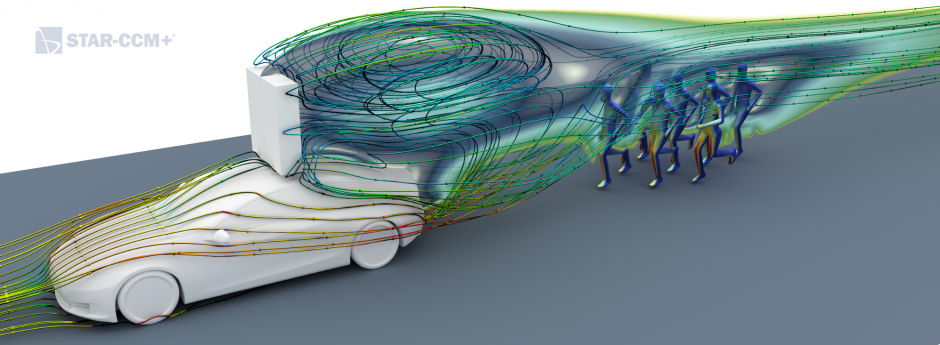Analysing the aerodynamics of the fastest ever marathon
Dr Christopher Beves and Stephen Ferguson from Siemens PLM uncover the aerodynamic Trickery behind Nike's Breaking 2 Project

In the early hours of Saturday May 6, at the Monza motor racing circuit in Italy, Eliud Kipchoge ran 26.2 miles in 2 hours and 25 seconds, beating the existing marathon world record by 2 minutes and 32 seconds. The run was the culmination of Nike’s “Breaking 2” project, a two year program aimed at demonstrating that it is physically possible for a human to run a marathon in less than two hours.
For the attempt to be successful Kipchoge would have to run about 7 seconds faster per mile than current world record holder Dennis Kimetto (who ran 2:02:57 in Berlin in 2014). Although on paper the performance increase of 2.5% required doesn’t sound too difficult, for runners operating at the very limit of human endurance, any gains would be very hard won. Many in the sports science community had predicted that the 2 hour barrier wouldn't be broken for 50 years or more in regular competition.
Register now to continue reading
Thanks for visiting The Engineer. You’ve now reached your monthly limit of premium content. Register for free to unlock unlimited access to all of our premium content, as well as the latest technology news, industry opinion and special reports.
Benefits of registering
-
In-depth insights and coverage of key emerging trends
-
Unrestricted access to special reports throughout the year
-
Daily technology news delivered straight to your inbox










UK Enters ‘Golden Age of Nuclear’
The delay (nearly 8 years) in getting approval for the Rolls-Royce SMR is most worrying. Signifies a torpid and expensive system that is quite onerous...